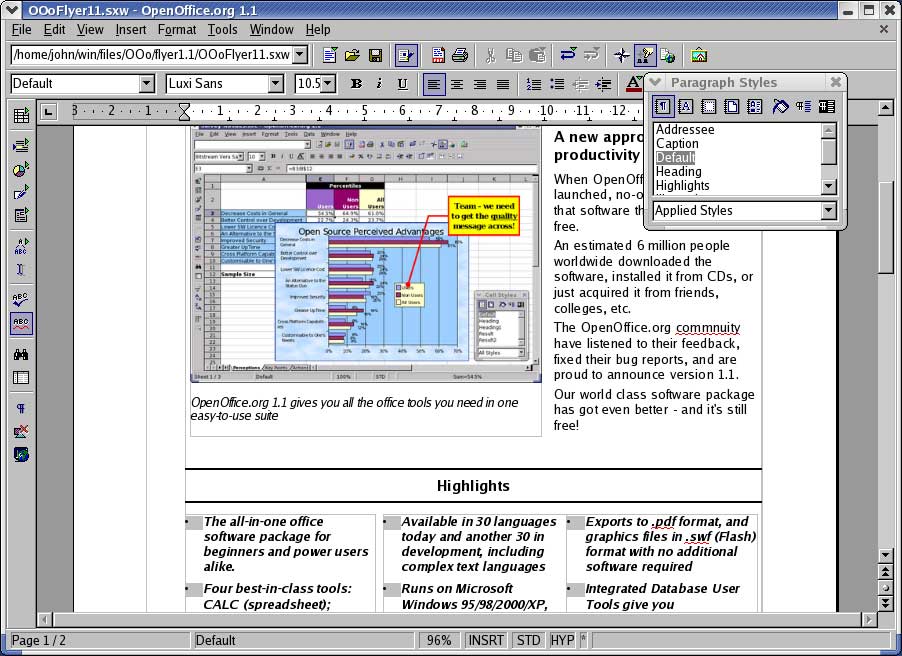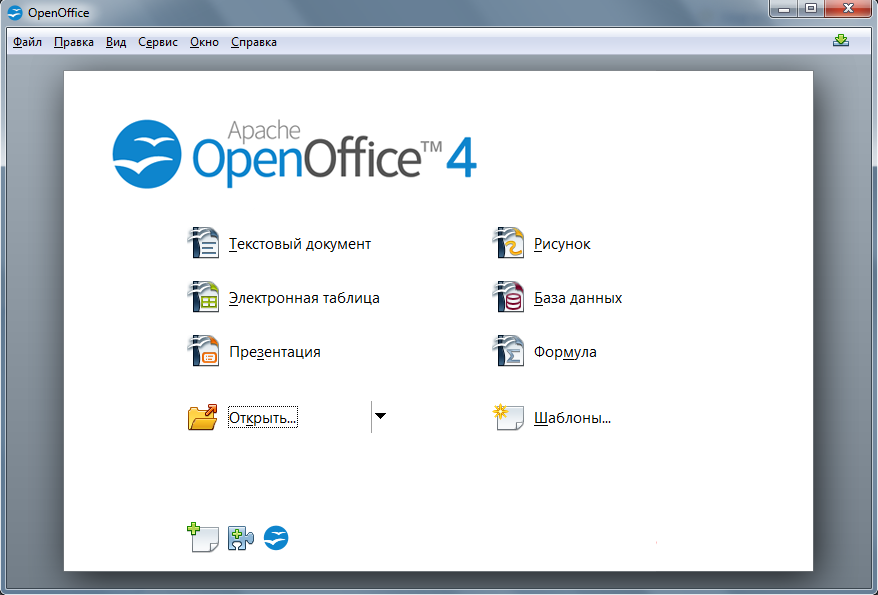

For this purpose, you can merge documents in Writer. In this case, it may be quicker to review all of these changes at once, rather than one review at a time. Sometimes, however, multiple reviewers all return edited versions of a document at the same time. The processes discussed to this point are effective when you have one reviewer at a time. On the Enter Password dialog box, type a password (twice) and click OK.įilter tab of the Accept or Reject Changes dialog.

To check whether it contains multiple versions, click File > Versions. After you have protected the document, any user must enter the correct password in order to turn off the function or accept or reject changes. When you send a document to someone else to review or edit, you may want to prepare it first so that the editor or reviewer does not have to remember to turn on the revision marks. For example, changing a tab stop from align left to align right and changes in formulas (equations) or linked graphics are not recorded. Later, you or another person can review and accept or reject each change.

However, this method can cause problems with documents of nontrivial size or complexity, especially if you save a lot of versions.

Save versions that are stored as part of the original file.This technique is particularly useful if you are the only person working on the document, as it avoids the increase in file size and complexity caused by the other methods. Make your changes to a copy of the document (stored in a different folder, under a different name, or both), then use Writer to combine the two files and show the changes you made.You can use several methods to keep track of changes made to a document. 5 Accepting or rejecting changes and comments.


 0 kommentar(er)
0 kommentar(er)
